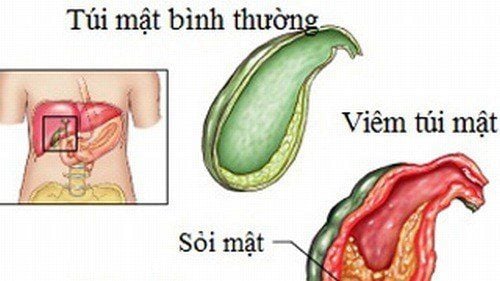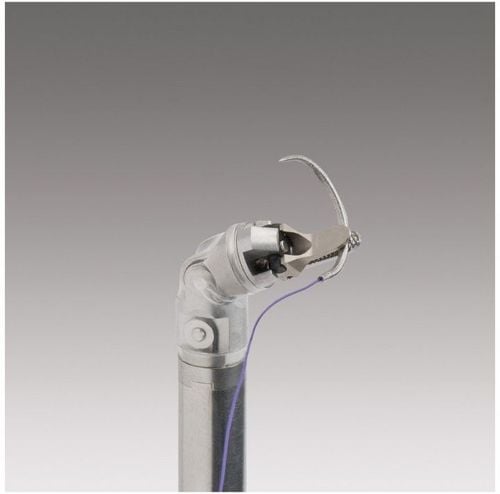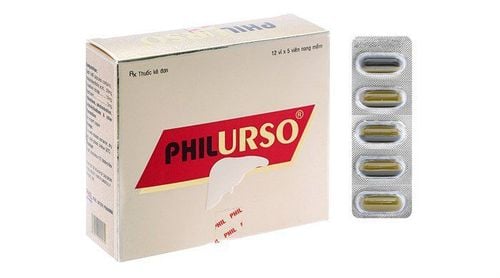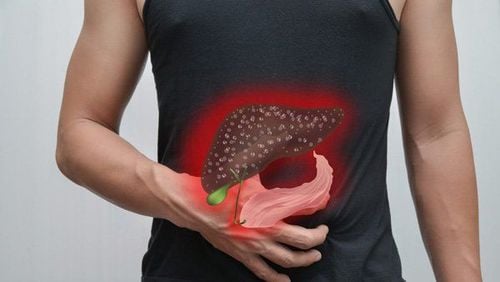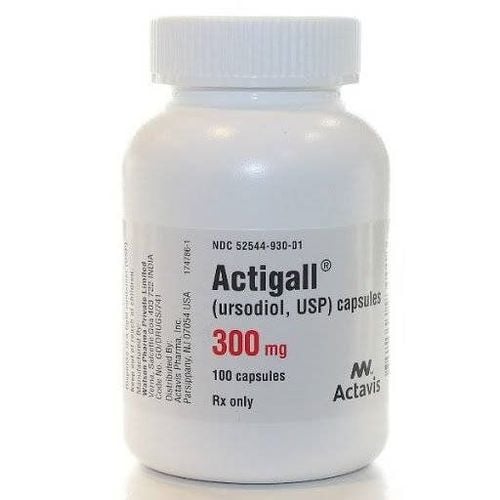This is an automatically translated article.
The article was written by Senior Doctor, Specialist II Tran Khac Dien - General Doctor - Department of Examination - Vinmec Times City International Hospital
Gallbladder polyp is a pathology discovered by chance on ultrasound, or when the patient goes to the doctor because of abdominal bloating and indigestion. The disease is usually benign but there is a small percentage that can turn malignant into cancer, so screening and monitoring gallbladder polyps is necessary for timely intervention.
1. What are gallbladder polyps?
Gallbladder polyps are tumors or pseudotumors that develop on the surface of the gallbladder lining, often discovered incidentally during physical examination. The disease is usually benign but there is a small percentage that can turn malignant into cancer, so screening and monitoring gallbladder polyps is necessary for timely intervention.2. Cause
So far, the cause of gallbladder polyps is still unclear, related factors may be the risk of polyp formation such as: poor liver function, blood sugar levels, high blood fat, obesity obesity, irregular eating habits, hepatitis virus infection,...
3. Symptoms
Most cases of gallbladder polyps have no specific symptoms. In rare cases, biliary colic, usually due to gallstones associated with gallbladder polyps or large polyps (>10 mm) causing gallbladder contraction, occurs in the right lower quadrant, yin pain dull, sharp or intermittent pain and pain after a meal with a lot of fat, eggs, ... In addition, the patient may have abdominal pain, nausea, loss of appetite.

4. Diagnosis
Because there are no specific clinical manifestations, gallbladder polyps are sometimes discovered and diagnosed by chance through imaging studies such as abdominal ultrasound, abdominal computed tomography. or other probes such as endoscopic cholangiopancreatoscopy,... However, these probes only give diagnostic images of polyps, and to determine whether the tumor is benign or malignant, it is necessary to perform tests. cytology or histopathology.
5. Treatment
Usually, the most effective treatment for gallbladder polyps is surgical removal of the gallbladder, but this is not a mandatory indication for all patients.
For asymptomatic patients with polyps as small as <1cm, it is possible to simply monitor polyp growth every 3-6 months without surgical intervention.
In contrast, patients with polyps larger than 1 cm are more likely to become cancerous, especially polyps larger than 1.5 cm, so cholecystectomy may be recommended to prevent further growth. develop gallbladder cancer. Gallbladder polyps that appear cancerous can be treated with cholecystectomy.
The advantages of laparoscopic cholecystectomy at Vinmec International General Hospital include:
Vinmec owns a system of modern equipment, advanced medical machinery, and maximum support for the surgical process. ; Modern facilities, aseptic environment ensure patient safety, limit complications; A team of highly qualified medical professionals, well-trained at home and abroad, seasoned with experience, able to improvise and promptly handle unusual problems; Patients are cared for and closely monitored after surgery, rested to recuperate in a standard and fully equipped ward.
Please dial HOTLINE for more information or register for an appointment HERE. Download MyVinmec app to make appointments faster and to manage your bookings easily.





